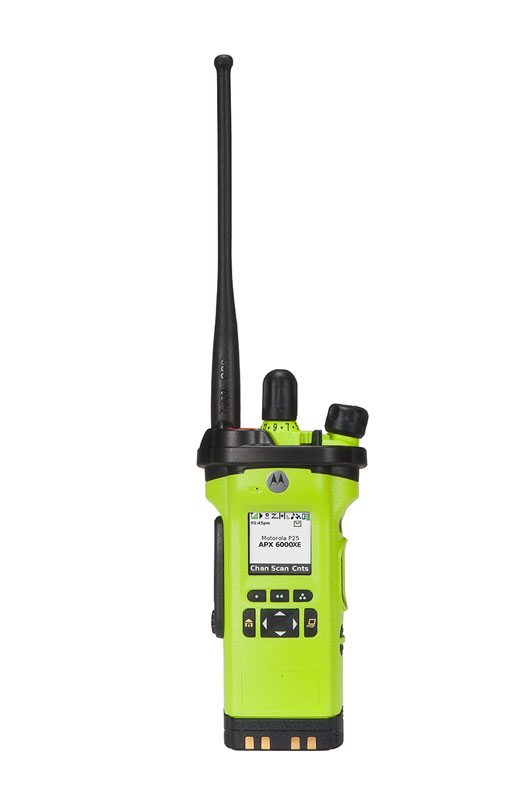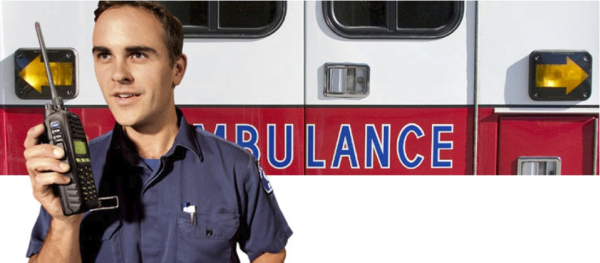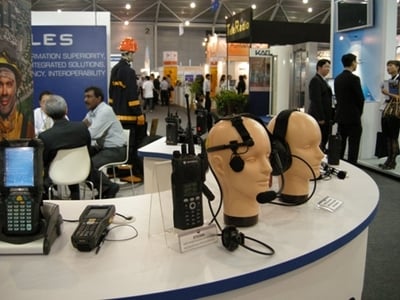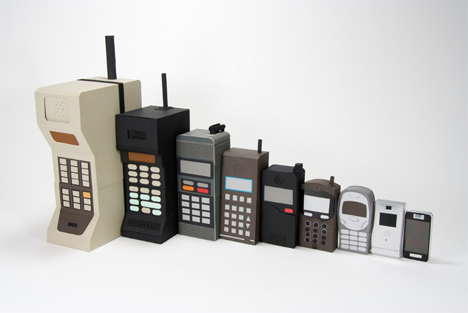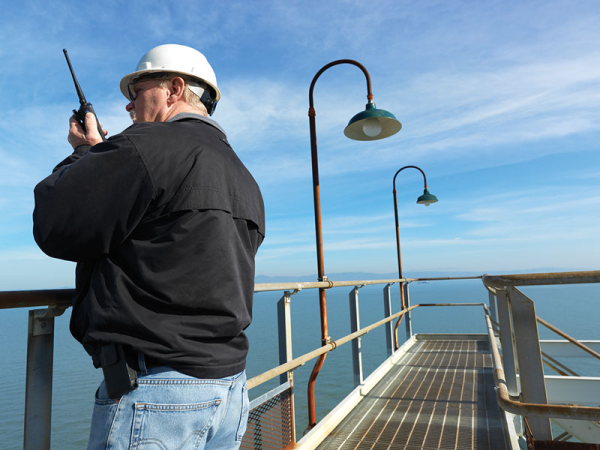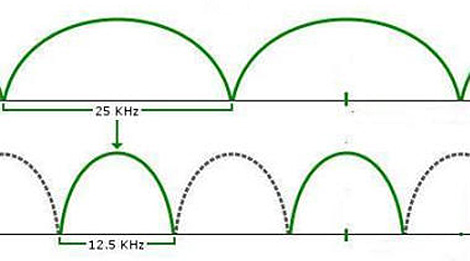You’ve probably been hearing a good deal, lately, about a networking technology called wireless broadband. It’s a way of using high-speed radio links to provide robust Internet-like voice and data services - so-called IP-based networking, that is - within a city or metro area.
Wireless broadband has many advantages over the technology it typically replaces, a long-existing wire-based scheme known as the T1 line. The latter is typically provided by the local telephone company. One of the most appealing advantages - especially for fire, safety, law-enforcement, and other public agencies - is that when set up properly, wireless broadband can move data much faster than a typical T1 line: Some wireless links move 300 megabits of data per second, vs. the T1’s limit of a mere 1.5 megabits per second.
But how safe is wireless broadband? Is it more vulnerable than wired networks to outages caused by natural disasters? Is it less resistant to unauthorized users, aka hackers? Is this technology too shaky, too unreliable for use by agencies concerned with public safety?

